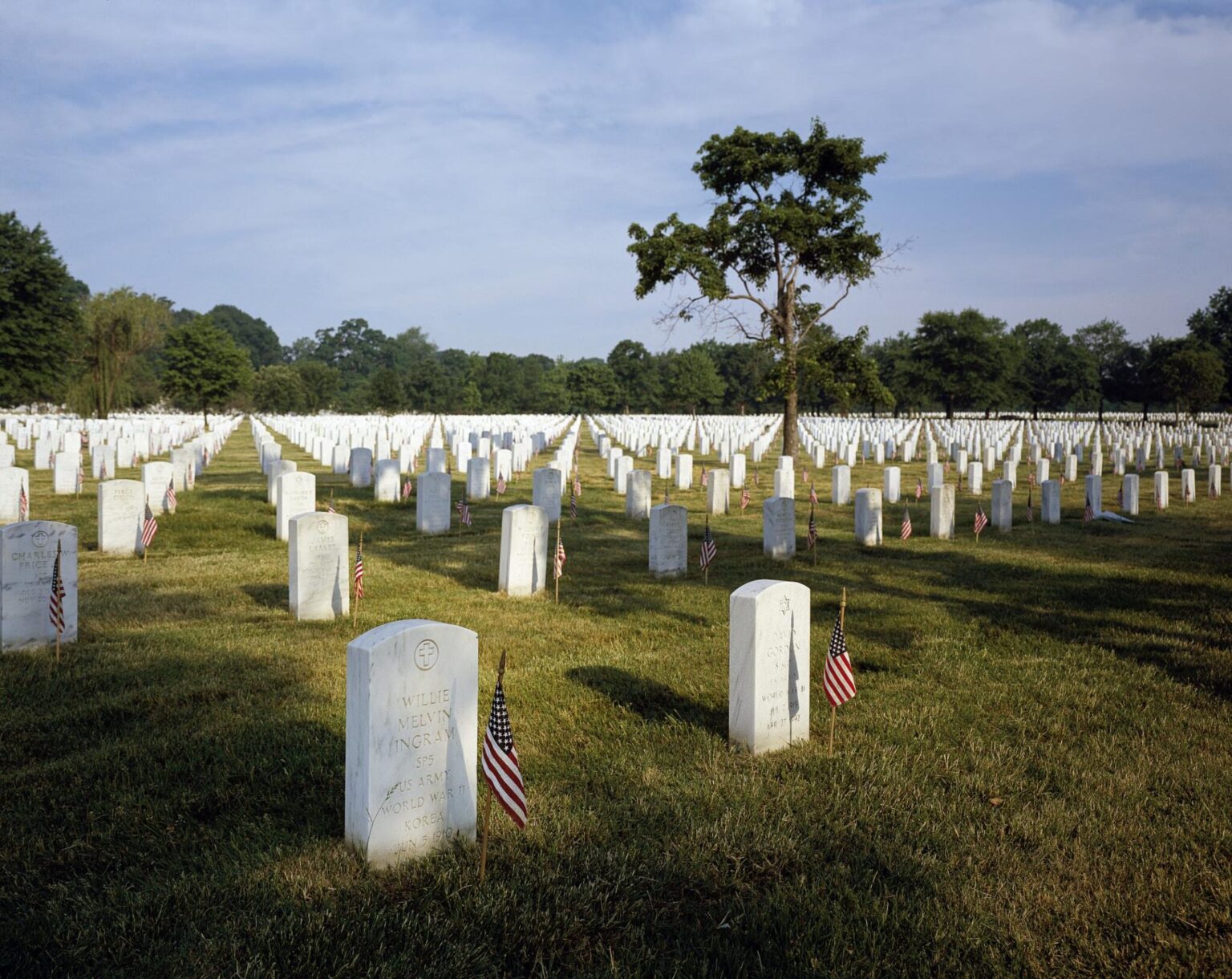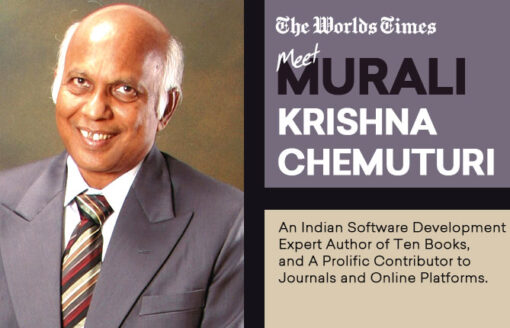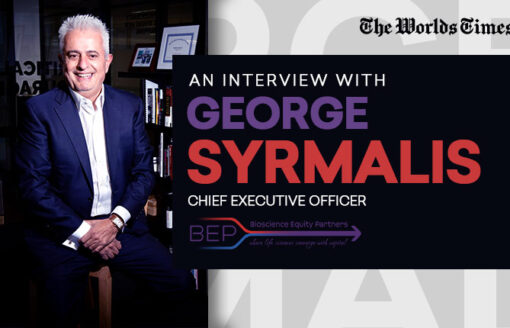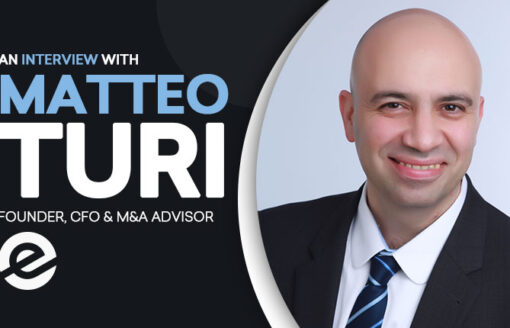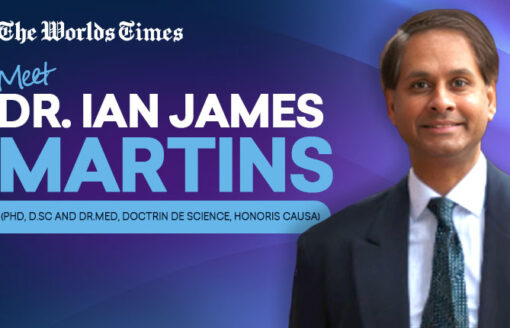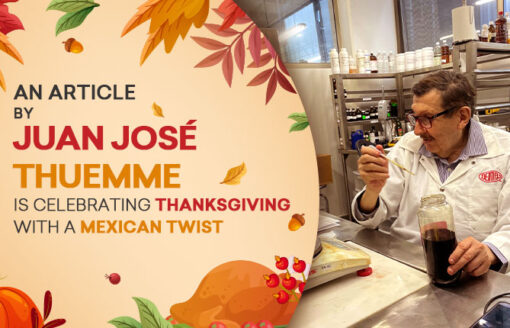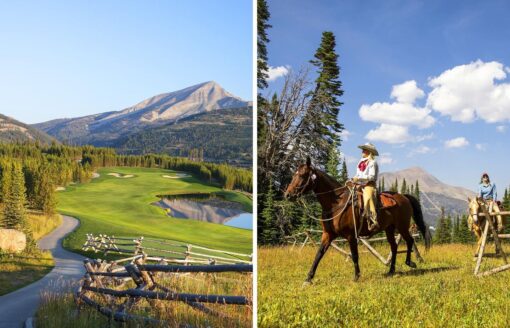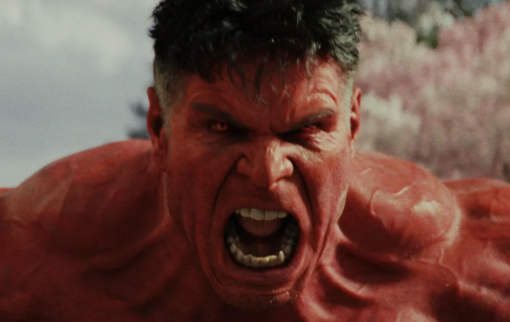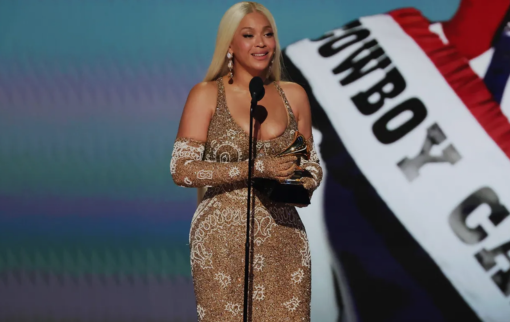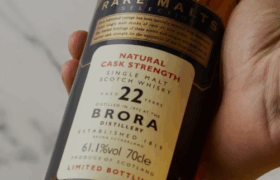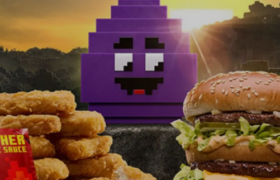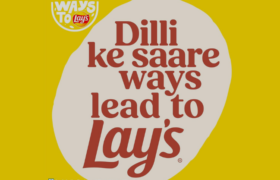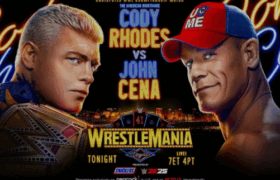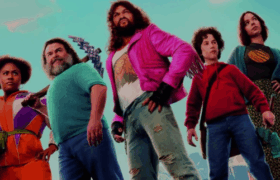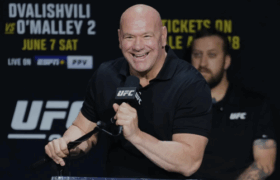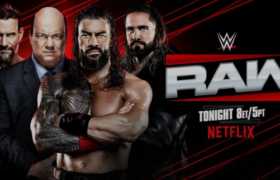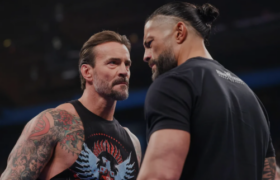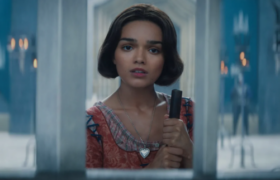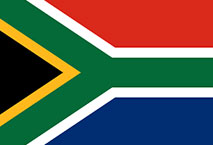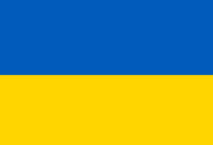By the Sunday before Memorial Day, my father would have already placed flowers on our family graves. He called them “decorations,” using the old Ozark term for the holiday. The relatives buried there had been gone for years, some for decades, but he still remembered them.
As a kid, I didn’t have much to do during these visits except find shade under a tree and listen as my father recited the names on the gravestones. I only knew a few of them, like my grandmothers; the rest were distant to me.
My father wasn’t very religious or ceremonial, but Memorial Day was a big deal for him. For Carl McCoy, the year started with Memorial Day. It usually ended with a family meal and then kicked off summer, with its long days, fishing trips, and homegrown tomatoes by the Fourth of July.
His preparations for Decoration Day were meticulous. Maybe it was because many of the men in our family had served in the military, or because he had been a sailor on the battleship Pennsylvania during World War II. Or perhaps it was just a way to remember all our relatives without needing a church service. He was a persuasive salesman but wasn’t comfortable sharing his feelings or displaying formal piety or patriotism.
He honored the dead in his own way.
First, he needed containers for the flowers. As someone who grew up during the Great Depression, he saved his empty coffee tins all year, spray-painting them red or blue. The flowers came from his yard or from friends’ and neighbors’ gardens, with their permission.
I don’t remember him favoring any particular type of flower, but there were usually peonies, hydrangeas, and asters. He’d pour a little water into each can, put the flowers in, and load them into the trunk of his car for the trip to the cemeteries. We visited Osborne Memorial Cemetery and Forest Park in Joplin, Missouri, where he grew up.
Osborne Cemetery was built in the 1930s and had a lot of trees and grassy hills, surrounded by a stone wall. Both sides of my family had members buried there—grandparents, cousins, aunts, and uncles. Many graves had flags marking them as veterans’ graves. My father would walk from one group of graves to another, carrying the decorated tins and talking about the history of each person. By 1986, my mother was buried there too, having died of cancer, even though my parents were separated by then. Her grave also got one of those painted cans.
My mother had suffered a lot, especially in the weeks before she died. When she finally passed, it felt like a relief. The main cause was breast cancer, but she had also struggled with depression most of her life.
As a kid, death was abstract to me. The names and dates on the headstones seemed distant. My mother’s death changed that. At 28, I saw death as the end of a story—one lives, one dies, and that’s it. I was angry about my mother’s death, feeling she had chosen it. This anger even influenced my writing, where I would kill off characters that reminded me of her.
Over time, I realized that life can’t be simply labeled as happy or tragic. Joy and sorrow visit us all.
At Osborne, we often had impromptu family reunions, meeting relatives who lived far away. Conversations at the graveside were often about the past, with hints of regret or resentment. My father would recall childhood memories, like hunting squirrels with a .22 rifle or his sister’s secret stash of Hershey bars.
At Forest Park, the graves we visited were all on my father’s side, in the old section. This cemetery was semi-wooded, with graves dating back to the 1870s. My father would trim the weeds and vines around the graves but left the wild strawberries on the grave of Sgt. William J. Leffew, a family friend from the late 19th and early 20th centuries, even though our family members were Union veterans.
By 1997, my father joined the others at Osborne, marked by a small American flag on Memorial Day.
His aneurysm happened quickly, starting with a severe headache. By the time I arrived at the hospital, he was unconscious, and the doctors said there was nothing they could do. His death didn’t feel like the end of a story but part of a continuing narrative. I wasn’t sure if it had any meaning or was just a series of cold facts.
Later in life, I made an unexpected friendship with Phil, a fellow author and journalist. We shared many interests and he became my best friend. He even knew I loved my wife, Kim, before I did and bought the champagne for our wedding.
Phil died of colon cancer three months after being diagnosed. Even as he neared the end, he made jokes about it. Kim and I brought him food, though he could eat only a little. He wasn’t depressed and accepted his fate, remaining skeptical about any afterlife. His death was a heavy reality, and the grief felt overwhelming. The grief has lessened over the years, but it still comes in waves.
My brother’s death was different. He was much older and a veteran, like my father. His death from a heart attack felt like a stone lodged under my ribs. I don’t fear my own death, but I do fear losing those I love.
Memorial Day honors our war dead and those who served our country. It’s a time to remember their sacrifice, whether or not we agree with the conflicts they fought in. Our cemeteries and monuments are not just tributes to glory but also question marks made of stone.
This weekend, pay your respects to the dead but also remember the living. Share in the joys and sorrows of others. Be brave enough to love, even though it risks a stone in the heart. Think about what is bigger than yourself. And offer a simple act of remembrance, even if it’s just a painted coffee can filled with borrowed flowers.
Published: 27th May 2024
Also Read:
American actor Johnny Wactor has been shot dead in Los Angeles
Argentina vs Curacao: Argentina thrash Curacao on another record night for Lionel Messi
LSU beats Iowa to win its first NCAA women’s basketball championship
